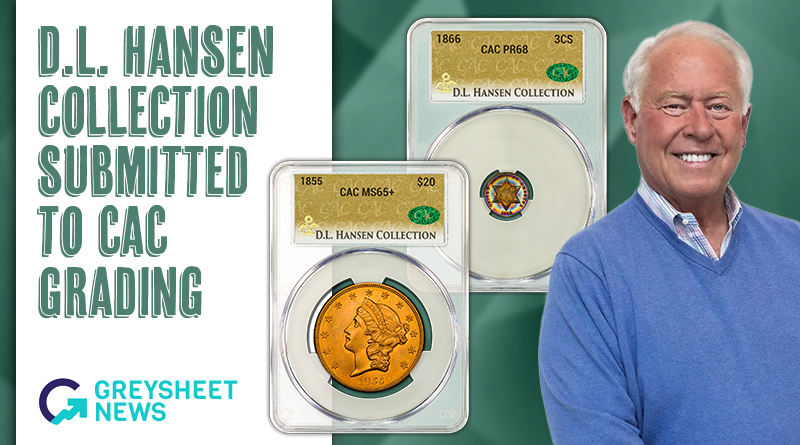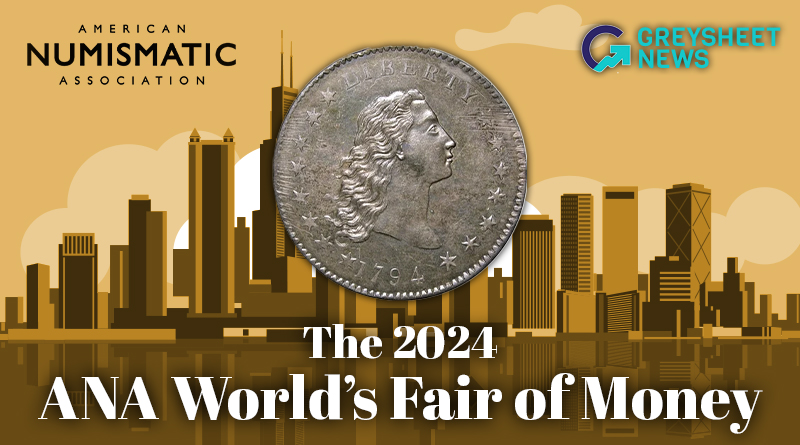Greysheet & CPG® PRICE GUIDE
- U.S. Coins /
- Colonial & Post-Colonial Issues /
-
Massachusetts: New England (1652) Values
About This Series
Agitation for a standard coinage reached its height in 1651. England, recovering from a civil war between the Puritans and Royalists, ignored the colonists, who took matters into their own hands in 1652.
The Massachusetts General Court in 1652 ordered the first metallic currency—the New England silver threepence, sixpence, and shilling—to be struck in the English Americas (the Spaniards had established a mint in Mexico City in 1535). Silver bullion was procured principally from the West Indies. The mint was located in Boston, and John Hull was appointed mintmaster; his assistant was Robert Sanderson (or Saunderson). At first, Hull received as compensation one shilling threepence for every 20 shillings coined. This fee was adjusted several times during his term as mintmaster.
Catalog Detail
Legal Disclaimer
The prices listed in our database are intended to be used as an indication only. Users are strongly encouraged to seek multiple sources of pricing before making a final determination of value. CDN Publishing is not responsible for typographical or database-related errors. Your use of this site indicates full acceptance of these terms.
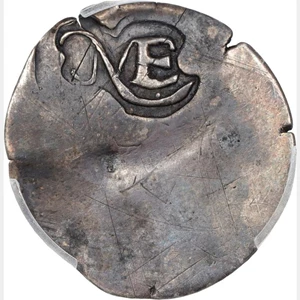
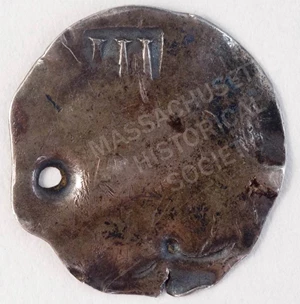

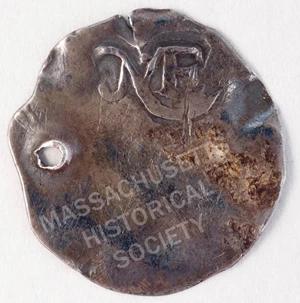
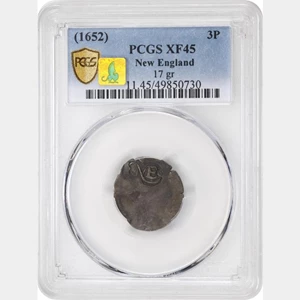
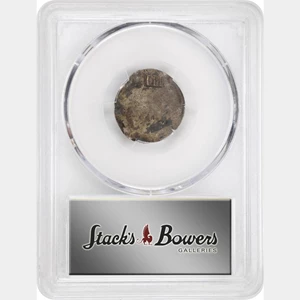

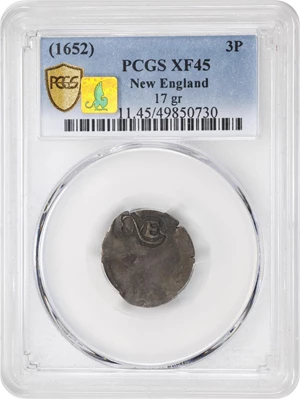
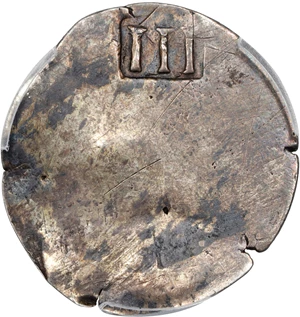

| Massachusetts: New England (1652) | Value Range | Favorite | |||
|---|---|---|---|---|---|
| Massachusetts: New England (1652) | Value Range | ||||
|
$3,000,000
-
$3,000,000
$3,000,000 - $3,000,000
|
||||
|
$480,000
-
$660,000
$480,000 - $660,000
|
||||
|
$54,000
-
$446,500
$54,000 - $446,500
|
||||
|
$660,000
-
$660,000
$660,000 - $660,000
|
||||
|
$37,000
-
$489,500
$37,000 - $489,500
|
||||
|
$11,500
-
$204,000
$11,500 - $204,000
|
||||
|
$1,400
-
$60,000
$1,400 - $60,000
|
||||
|
-
|
||||
|
$1,200
-
$51,000
$1,200 - $51,000
|
||||
|
-
|
||||
|
$1,150
-
$158,500
$1,150 - $158,500
|
||||
|
$1,150
-
$158,500
$1,150 - $158,500
|
||||
|
$1,750
-
$150,000
$1,750 - $150,000
|
||||
|
$3,250
-
$102,000
$3,250 - $102,000
|
||||
|
$1,750
-
$150,000
$1,750 - $150,000
|
||||
|
$2,050
-
$102,000
$2,050 - $102,000
|
||||
|
$4,050
-
$26,500
$4,050 - $26,500
|
||||
|
$1,300
-
$54,000
$1,300 - $54,000
|
||||
|
$1,400
-
$54,000
$1,400 - $54,000
|
||||
|
$1,300
-
$54,000
$1,300 - $54,000
|
||||
|
$2,000
-
$53,000
$2,000 - $53,000
|
||||
|
$2,450
-
$53,000
$2,450 - $53,000
|
||||
|
$4,400
-
$6,250
$4,400 - $6,250
|
||||
|
$2,150
-
$52,000
$2,150 - $52,000
|
||||
|
$6,250
-
$78,000
$6,250 - $78,000
|
||||
|
$2,150
-
$52,000
$2,150 - $52,000
|
||||
|
$3,500
-
$19,000
$3,500 - $19,000
|
||||
|
$5,000
-
$48,000
$5,000 - $48,000
|
||||
|
$1,400
-
$84,000
$1,400 - $84,000
|
||||
From the Greysheet Marketplace
Auction Ends: 10/6/2025
Buy Now: $850.00
Auction Ends: 10/6/2025
Buy Now: $346.88
Buy Now: $416.25
Buy Now: $14,106.25
Auction Ends: 10/6/2025
Auction Ends: 10/6/2025
Auction Ends: 10/6/2025
Buy Now: $925.00
Related Stories (powered by Greysheet News)
View all news
Greysheet Catalog Details
Agitation for a standard coinage reached its height in 1651. England, recovering from a civil war between the Puritans and Royalists, ignored the colonists, who took matters into their own hands in 1652.
The Massachusetts General Court in 1652 ordered the first metallic currency—the New England silver threepence, sixpence, and shilling—to be struck in the English Americas (the Spaniards had established a mint in Mexico City in 1535). Silver bullion was procured principally from the West Indies. The mint was located in Boston, and John Hull was appointed mintmaster; his assistant was Robert Sanderson (or Saunderson). At first, Hull received as compensation one shilling threepence for every 20 shillings coined. This fee was adjusted several times during his term as mintmaster.
Catalog Detail
Legal Disclaimer
The prices listed in our database are intended to be used as an indication only. Users are strongly encouraged to seek multiple sources of pricing before making a final determination of value. CDN Publishing is not responsible for typographical or database-related errors. Your use of this site indicates full acceptance of these terms.







 Loading more ...
Loading more ...









